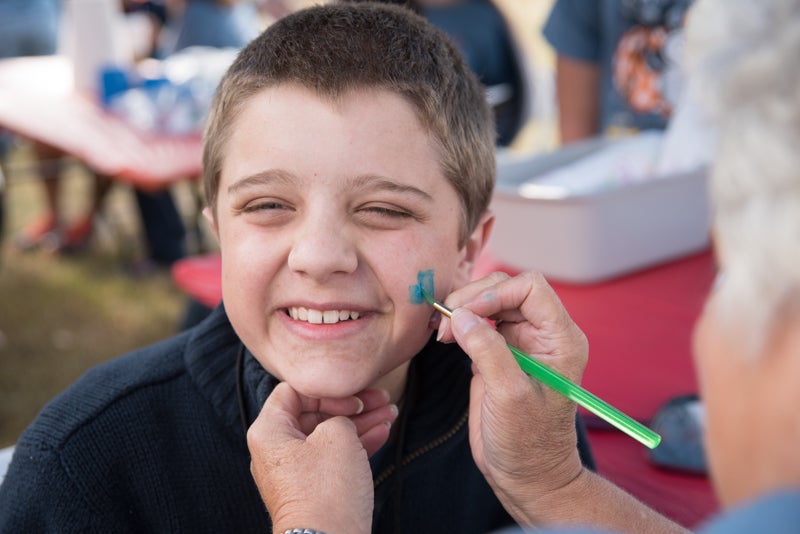Presidential programs
Published 12:59 pm Thursday, November 13, 2008
Many adults might find benefit in the format used by Helena Middle School sixth-grade teachers to educate young minds about the electoral process.
This multi-disciplinary approach was a collaborative effort. Social studies classes focused on researching the history and background of each candidate and the position of each on three specific issues. Math was brought into play as students learned about the Electoral College and the counting of those votes. In English, students created a character – a candidate seeking approval to spend $1 million for school sports equipment. Each presented a speech to recruit the votes of their fellow students.
Many promises of free ice-cream and shorter school days were put forth. Student Chris Shiflett assumed a hilarious persona whose lisping stump speech included these zingers: “I know what it’s like to go to war because I was in the chess club for four years and the competition really heated up! Now, I am 42 and still live with my mom. She makes amazing doodlecakes, and I will get her to make them for all my voters. I also promise 1/2 off on all retainers, glasses and school supplies.”
Visiting the classrooms of English teachers Cathy Brown and Alan Wilson, I learned that Brown first conceived this innovative exercise during a writing conference at Auburn. Each student designs a fantasy character, selecting facial expressions, hair and clothing of their choice.
“We first used these created characters as advocates for Drug Awareness,” Brown said, “The concept gives students a voice other than their own to speak through. The objective is to encourage students to pay attention to the issues and understand how to create a persuasive speech. This process adds a creative twist to a writing assignment and is a great tool for out-of-the-box thinkers.”
Brown and Wilson also make use of another unique motivational tool. It is an additional perk for the student who puts forth excellent effort and is appointed ‘Student of the Week.’ The chosen student gets to spend class time in a very comfortable lounging chair, in Wilson’s room –– a fully reclining LazyBoy.
Spending time in these two classrooms made me realize that the public school classroom has indeed evolved beyond my memories of graffiti-carved wooden desk-chairs and the cursive alphabet neatly tacked above the chalkboard.






